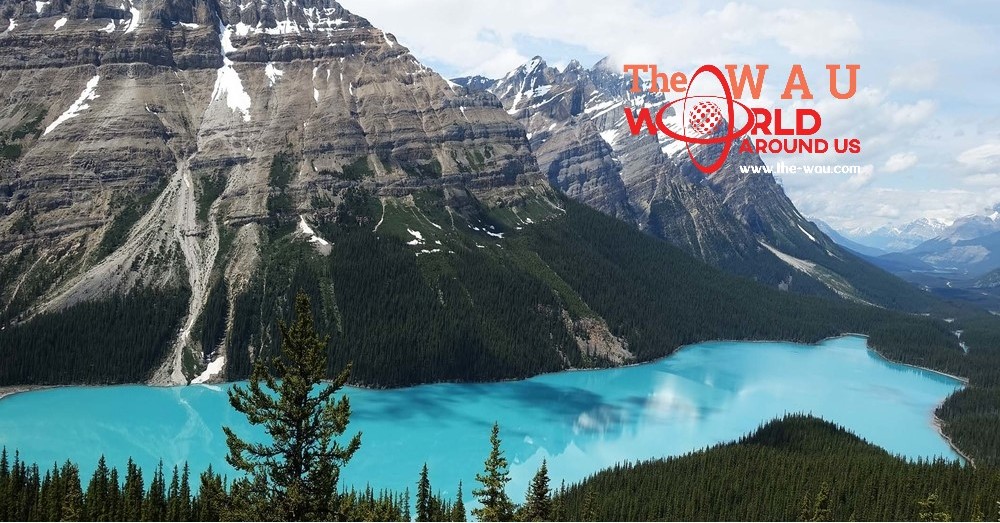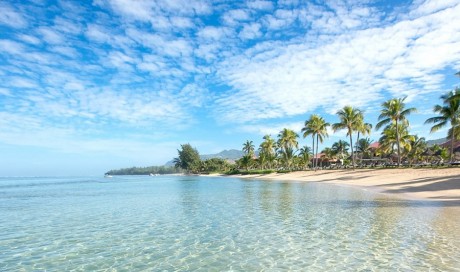Top 10 Places to visit in Canada
1.Lake Superior
The biggest of North America’s Great Lakes, Lake Superior is shared with the aid of Canada and the United States. The Canadian aspect of the lake between Thunder Bay and Sault Ste Marie is rugged and wild, and glaciers, volcanoes, and earthquakes worked their magic to structure the herbal landscape. The lake’s grey waters are cold and forbidding, and storms can show up out of nowhere.
The steep coast is included by way of old forests and has two fantastic parks: Pukaskwa National Park and Lake Superior Provincial Park. Both parks are superb for trekking and camping, and the lake is very famous amongst boaters and fishermen. Beware of bugs in the summer.
2. Maligne Lake
Deep in the Canadian Rockies in the middle of Jasper National Park, lies 22-km long Maligne Lake, a turquoise jewel surrounded by way of the deep green of majestic spruces and lodgepole pines. Fed through melt waters of the Coronet Glacier, the lake is an highly popular destination for tourists, avid fishermen, campers, kayakers, and nature enthusiasts from all over the world.
There are two exquisite campgrounds and numerous hiking and cross-country skiing trails round the lake. You may even spot beavers, caribou, moose, Harlequin Ducks, or grizzly or black bears. Take a walk on the small but picturesque and mysterious Spirit Island in the center of the lake and take magnificent snap shots of the distant snow-covered peaks of the Rockies.
3. Hornby Island
Located in the calm waters of the Georgia Strait in Salish Sea between Vancouver Island and the mainland, Hornby Island is rural, simple, relaxed and tremendously beautiful. During the final 30 years, its population grew to about 1,000 humans who like it the way it is. The population consists of many artists, small commercial enterprise owners, and humans work remotely. The island’s lush forests, sandy beaches, calm waters and miles of hiking trails convey thousands of tourists each and every summer, and they often go kayaking, biking or boating. Many come through boat, anchoring at Tribune Bay or docking at the Ford Cove Marina. The largest island sights are Heron Rocks, Whaling Station Bay, Tribune Bay Provincial Park, Ford Cove, and Helliwell Provincial Park
4. Cheakamus Lake
Cheakamus Lake is a lovely peaceful little lake in Garibaldi Provincial Park much less than three kilometers from Whistler village. Surrounded by means of historic growth cedars and firs, the lake has a wild air of secrecy and appears mysterious and secretive. Towering mountains solid their shadows over large boulders and the nice seashores around the lake.
The water is too cold for swimming, but fish love it, so you can always see a few fishermen in their canoes on the water. The hike to Cheakamus Lake is easy, with nearly no elevation, and it provides terrific possibilities for taking images of wild flora and birds round the trail.
Getting Canadian visa via eTA Canada hassle-free
5. Kejimkujik National Park
There are two wonderful aspects to Kejimkujik National Park and National Historic Site, or simply Keji, as the locals name it. On one side, you have the historic sugar maples, historical boom hemlock, and yellow aspen along the picturesque warm-water lakes. On the different side at Kejimkujik Seaside, you will discover yourself on a specific planet with white sand beaches, granite cobbles, and huge barrens.
Located in Nova Scotia, these are the lands had been the Mi’kmaq people paddled their canoes from lake to lake and river to river, hunting and fishing these lands for hundreds of years. It is here that they left their stories carved in historical boulders. You can observe their trails and revel in this tremendous wilderness in your canoe or kayak, go fishing, or just enjoying the majesty of nature.
6. Nunavut
Nunavut is Canadian territory Inuit name home. It is enormous – in fact, it is about the dimension of Western Europe, and whilst it was settled 4000 years ago, it nonetheless has solely little greater than 30,000 people. Nunavut is wild and pristine, and it is one of the ultimate unspoiled areas of our planet. Nunavut is handy with the aid of ship or plane only.
Visiting the place gives you the opportunity to see the Aurora Borealis (also recognized as the Northern Lights), caribou, geese, ptarmigans, polar bears, narwhals, walruses, seals, and whales. You can even go dogsledding, fishing, natural world watching, hiking, or gaining knowledge of about the artwork and charming historical culture of Inuit.
7. Bow Lake
You will be aware Bow Lake from the dual carriageway due to the fact of its startlingly blue waters. It is one of the greatest lakes in Banff National Park, and it is specially stunning in the early morning when the sun paints the floor golden. The lake is only 1/2 a mile from Crowfoot Glacier, a high-quality four-mile hike with not too lots elevation.
You will be rewarded with the aid of the awesome vistas of the lake, breath-taking alpine meadows full of wild flowers, and eventually through the glacier and the waterfall.
8. Deep Cove
Deep Cove is a North Vancouver local so shut to modern, metropolitan, and state-of-the-art Vancouver, however far, far away in so many ways. It is nestled in the coronary heart of the forests, surrounded with the aid of mountains and the ocean. It is an ideal vicinity for enjoying wildlife, exploration, solitude, and recreation.
Deep Cove is the beginning point for the rugged Baden Powell Trail that goes thru the desert or Cates Park trail through the waterfront, which goes via the wooded area and alongside sandy beaches. Deep Cove is additionally rich in culture, and it provides some superb lodging and top notch food.
9.Mingan Monoliths
Located in the Eastern St. Lawrence Lowlands, Mingan Islands is a team of about 40 islands that nature and time formed some 450 million years ago. The most putting aspects of the islands are the large limestone monoliths rising out of the sea, some of which are bare and some of which are protected in sparse vegetation.
After the remaining ice age when the snow and ice melted, sea degree was extraordinarily high. As the stage slowly fell, limestone bedrock began to emerge and form islands. Once exposed to the elements, the islands had been shaped by slow erosion from the winds, waves, altering sea levels, and the cruel procedure of seasonal freezing and thawing.
As the tender limestone crumbled away, it left behind the staggering aspects we see today. Some of the most hanging monoliths can be viewed at île Niapiskau and Île St-Charles.
10. Peyto Lake
Peyto Lake is rather sufficient to appear on a postcard. In fact, its captivating pale turquoise colour is so lovely that the lake often does show up on postcards that characteristic the Rockies. The lake is fed through Peyto Glacier, which is part of the Wapta Icefield, by rapid-flowing Peyto Creek.
Share This Post















